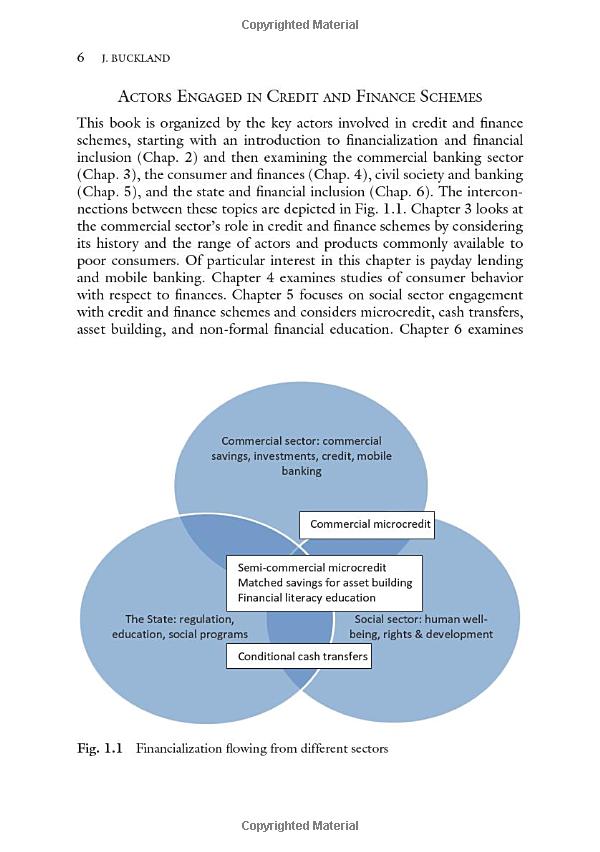Understanding What is the Direct Loan Program: A Comprehensive Guide for Borrowers
#### What is the Direct Loan Program?The Direct Loan Program is a federal initiative designed to provide students with access to low-interest loans to help……
#### What is the Direct Loan Program?
The Direct Loan Program is a federal initiative designed to provide students with access to low-interest loans to help cover the costs of higher education. It is a crucial financial resource for many students who may not have the means to pay for tuition, books, and living expenses upfront. By understanding what the Direct Loan Program entails, borrowers can make informed decisions about their education financing options.
#### Types of Loans Available
The Direct Loan Program offers several types of loans, including Direct Subsidized Loans, Direct Unsubsidized Loans, Direct PLUS Loans, and Direct Consolidation Loans. Each of these loan types caters to different needs and circumstances:
1. **Direct Subsidized Loans**: These loans are available to undergraduate students who demonstrate financial need. The government pays the interest on these loans while the student is in school at least half-time, during the grace period, and during deferment periods.

2. **Direct Unsubsidized Loans**: Unlike subsidized loans, these are available to both undergraduate and graduate students regardless of financial need. Borrowers are responsible for paying the interest on these loans from the time the loan is disbursed until it is paid in full.
3. **Direct PLUS Loans**: These loans are designed for graduate or professional students and parents of dependent undergraduate students. They help cover the total cost of education minus any other financial aid received. Borrowers must undergo a credit check, and the interest rates are generally higher than those for subsidized or unsubsidized loans.
4. **Direct Consolidation Loans**: This option allows borrowers to combine multiple federal student loans into a single loan, simplifying repayment. It can also extend the repayment term, which may lower monthly payments.
#### Eligibility Requirements

To qualify for the Direct Loan Program, students must meet specific eligibility criteria. These include being enrolled at least half-time in an eligible program at a participating school, demonstrating financial need (for subsidized loans), and maintaining satisfactory academic progress. Additionally, borrowers must complete the Free Application for Federal Student Aid (FAFSA) to determine their eligibility for federal student aid.
#### Application Process
The application process for the Direct Loan Program begins with submitting the FAFSA. Once the application is processed, students will receive a financial aid award letter from their school, outlining the types and amounts of aid they are eligible for, including loans. Students must then accept the loans they wish to borrow and complete any required loan counseling and promissory notes.
#### Repayment Options

Repaying Direct Loans typically begins six months after a borrower graduates, leaves school, or drops below half-time enrollment. The repayment term can vary based on the loan type, but borrowers have multiple repayment plans to choose from, including standard, graduated, and income-driven repayment plans. These options allow borrowers to find a repayment strategy that best fits their financial situation.
#### Conclusion
In summary, the Direct Loan Program is an essential financial resource for students seeking to fund their education. By understanding what is the Direct Loan Program, including the types of loans available, eligibility requirements, application processes, and repayment options, borrowers can navigate their educational financing more effectively. This knowledge empowers students to make informed choices that can impact their financial futures positively. Whether you are a first-time borrower or looking to consolidate existing loans, the Direct Loan Program offers valuable support to help you achieve your educational goals.